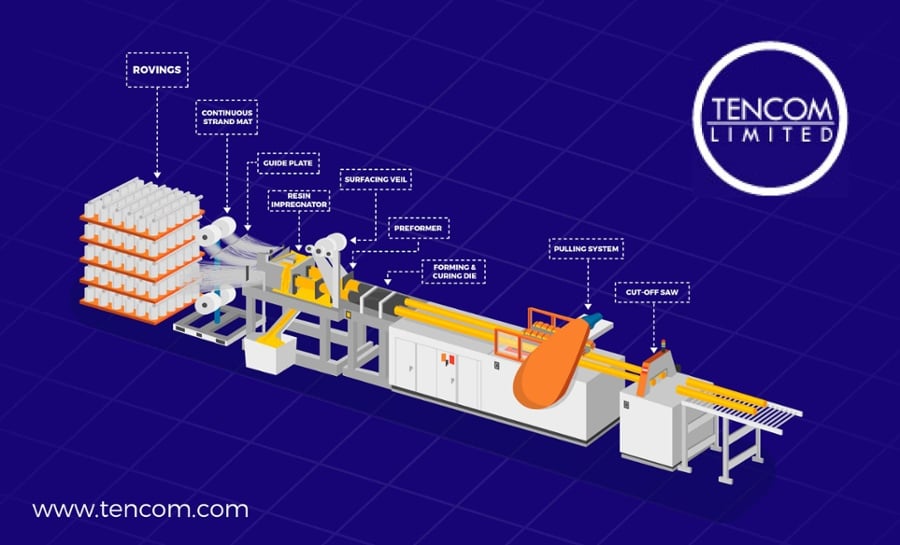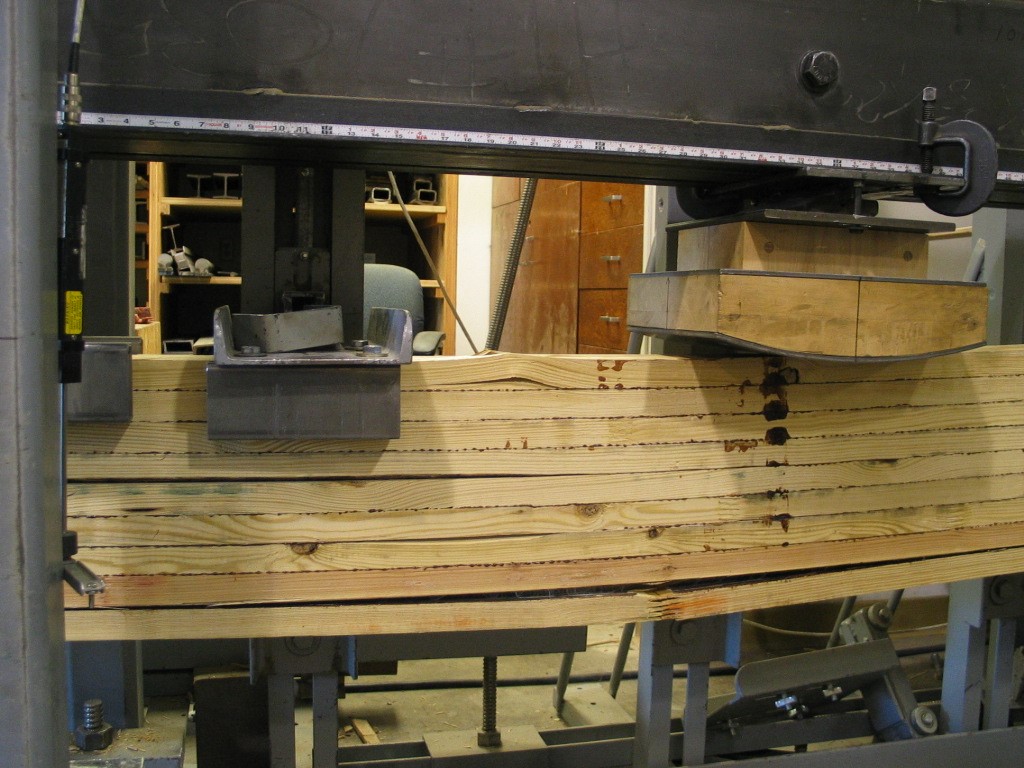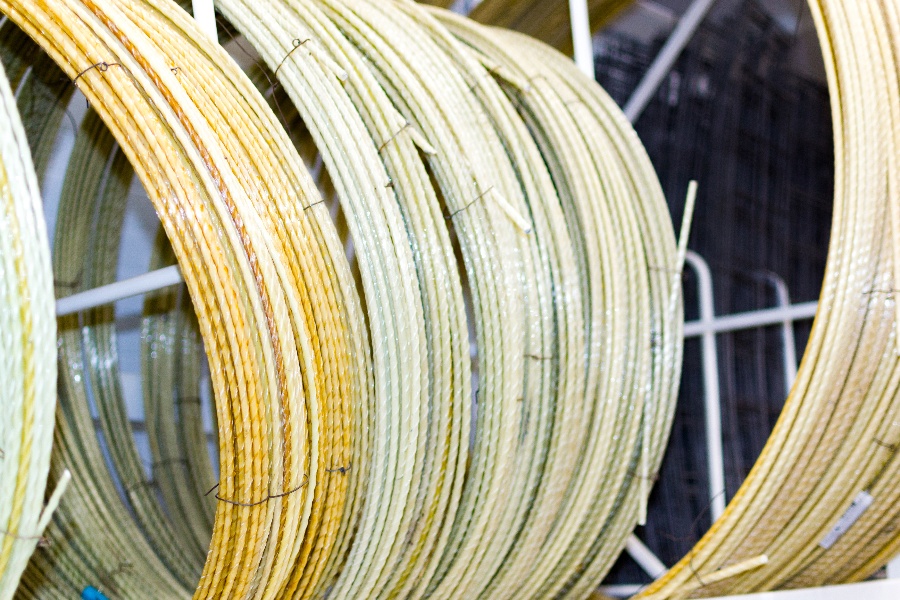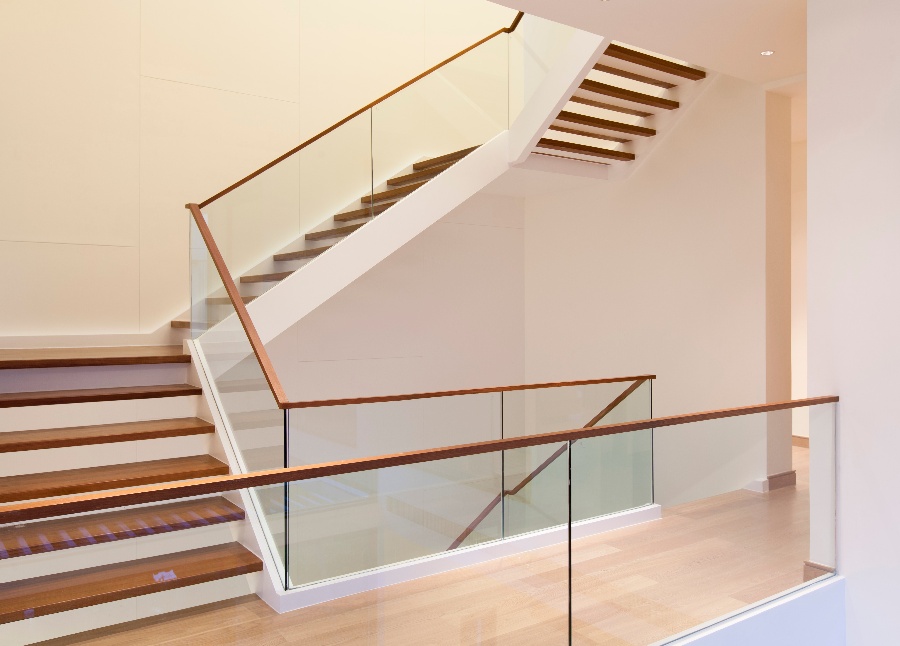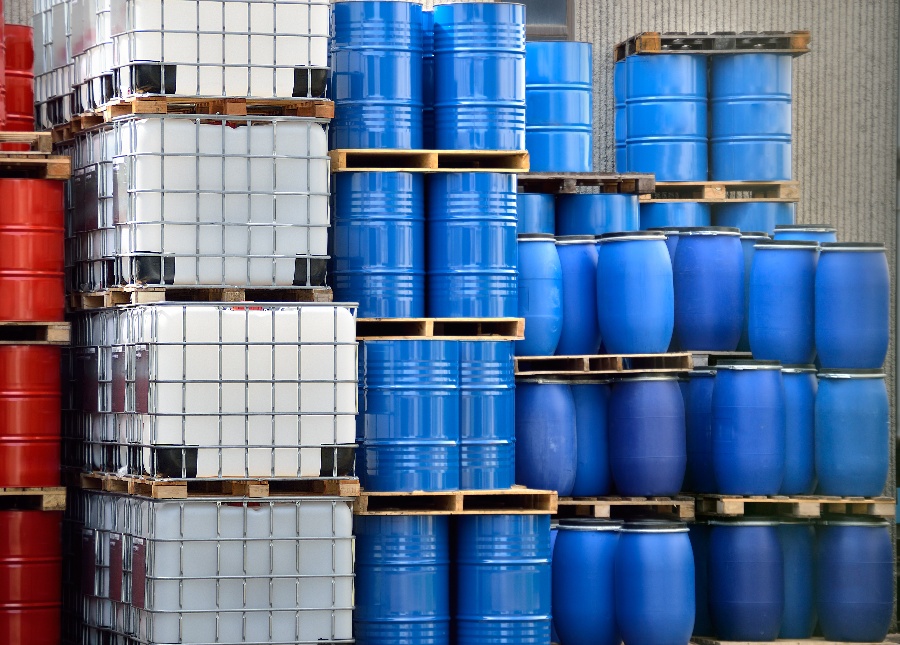
Cold storage facilities play a vital role in preserving perishable goods and maintaining proper storage conditions across various industries, including food processing, pharmaceuticals, and chemicals. The global cold chain industry continues to expand rapidly as demand grows for frozen, chilled, and temperature-controlled storage and transportation. At the core of any cold storage facility are the insulated wall and ceiling panels that allow precise temperature and humidity control within storage rooms, warehouses, and other spaces.
The thermal and structural performance of cold storage panels has a direct impact on the energy efficiency, operating costs, and functionality of storage facilities over decades of use. As such, engineers must have an in-depth understanding of panel design considerations and material properties in order to optimize cold storage construction. Proper panel selection and specification ensures effective insulation, air-tightness, load-bearing capabilities, and moisture resistance even under frequently harsh conditions.
This article provides an overview of key requirements, design factors, and materials technology related to engineered panels used specifically for cold storage facility construction.
Understanding Cold Storage Panel Requirements
Cold storage panels have a number of crucial performance requirements related to thermal properties, physical strength, and durability. Careful consideration of these factors in panel selection and design helps ensure storage facilities meet operational needs over an extended lifetime.
Thermal efficiency is paramount for cold storage panels to minimize conductive and air infiltration heat gains. Maximizing a panel's thermal resistance reduces demand on refrigeration equipment and cuts energy consumption and costs. Consistent temperature control also avoids spoilage and damage to stored goods. Panel joints must also limit air leakage that could otherwise compromise the room's insulation blanket.
Panels must resist deformation under floor and roof loads, especially in large facilities with considerable spans. A rigid panel core, along with durable facings and structural connections, are necessary to maintain integrity and prevent collapse or buckling. This also reduces risks to personnel and stored inventory while enabling proper operation of loading equipment and forklifts.
Resilience against moisture ingress prevents not only the formation of mold and mildew but also potential damage or reduced effectiveness of panel insulation and other materials over time. Careful sealing and bonding of panel joints limits water vapor transmission.
With attention to these key requirements—thermal performance, structural capabilities, and moisture resistance—engineers can specify optimal cold storage panels to withstand years of continuous use and deliver the right storage environment. The next section explores some of the design decisions and technologies that address these needs.
Design Considerations for Cold Storage Panels
Several key design decisions related to cold storage panel geometry, joints, coatings, and mounting directly influence thermal efficiency, air tightness, and overall functionality. Careful specification of these aspects allows engineers to optimize panels for a given application.
Increasing panel thickness directly improves insulation capability, raising the thermal resistance or R-value. This enhances energy efficiency and temperature control. However, thickness must be balanced with practical limits on overall wall dimensions, dead loads, and construction considerations. High-performance insulating foam cores enhance resistance without requiring impractical panel sizes.
Tight sealing and proper construction of panel joints are imperative to minimize air infiltration through gaps between panels or at edges. Careful caulking, gasketing, and overlapping joints maintain the integrity of the insulation envelope surrounding cold storage rooms. This both improves temperature control and prevents moisture intrusion.
Appropriate surface finishes and protective coatings improve durability, facilitate cleaning and sanitation, and prevent corrosion from moisture accumulation on panels over decades of use. Smooth non-porous finishes are essential in facilities that must meet strict hygiene and cleanliness standards.
Designing panels around modular dimensions enables assembly of cold stores in different configurations. Standardizing panel sizes eases logistics and allows for flexible site layouts, simple expansion of facilities over time, and adaptation to specialized storage needs. Panel mounting and joining methods should similarly accommodate versatility in construction.
The optimal specification of cold storage panel details directly impacts performance factors fundamental to efficient operation over an extended service lifetime. Engineers must make appropriate tradeoffs to balance insulating capability, air tightness, durability, and ease of installation.
Material Properties of Cold Storage Panels
The insulating cores and durable facings used in cold storage panel construction must meet performance specifications and be compatible with manufacturing and installation methods. Selecting appropriate materials is key to achieving thermal, structural, and moisture resistance requirements in application.
Insulating foam cores provide high resistance to heat flow due to their low thermal conductivity and density. Closed-cell polyurethane and polyisocyanurate foams offer excellent R-value per inch, enabling thinner panels or higher efficiency. Core materials must also demonstrate fire resistance and acceptable noise reduction. Ease of precise cutting and fabrication allows efficient manufacturing.
Protective finishes on the inner and outer panel faces ensure structural integrity and resilience over decades of use. Steel sheets provide exceptional strength for load bearing capacity. For moisture resistance, plastic facings such as fiberglass-reinforced plastic (FRP) are lightweight and durable. Specialty coatings improve weatherability and chemical tolerance inside rooms used for chilled food, pharmaceuticals, or other sensitive goods.
The combination of insulating foam cores with laminated metal or plastic skins allows cold storage panels to withstand continuous temperature cycling, humidity, corrosive agents, and physical impacts over extreme service lives measured in decades. Careful material selection allows the construction of specialized controlled environments with tight tolerances.
Fiberglass-Reinforced Plastic for Cold Storage Panels
Fiberglass-reinforced plastic composites represent an interesting emerging material option for facings on insulated cold storage panels. FRP promises improvements in structural capabilities, moisture resistance, and weight compared to traditional steel sheets.
As a composite of fiberglass cloth reinforcement within a plastic resin matrix, FRP combines the corrosion resistance of plastics with the high strength of fiberglass. The facings resist moisture, chemicals, impacts, and fatigue over decades of use. FRP matches or exceeds the durability of steel while enabling lighter panels that ease handling, reduce loads, and cut construction costs.
The smooth non-porous, and seamless surface of FRP makes it ideal for sanitary cold storage. Joints between panels can be hermetically sealed, preventing moisture intrusion. FRP is also relatively simple to clean, resisting mold growth. Durable gelcoat finishes improve scratch resistance and maintain attractive appearances.
While FRP has a higher upfront cost than steel, it offers long term value through improved insulation, lighter weight, and greater durability in harsh cold storage environments. Ongoing technology advancements also continue to enhance the competitiveness of composites. FRP facings give engineers increased design flexibility for specialized cold storage construction.




